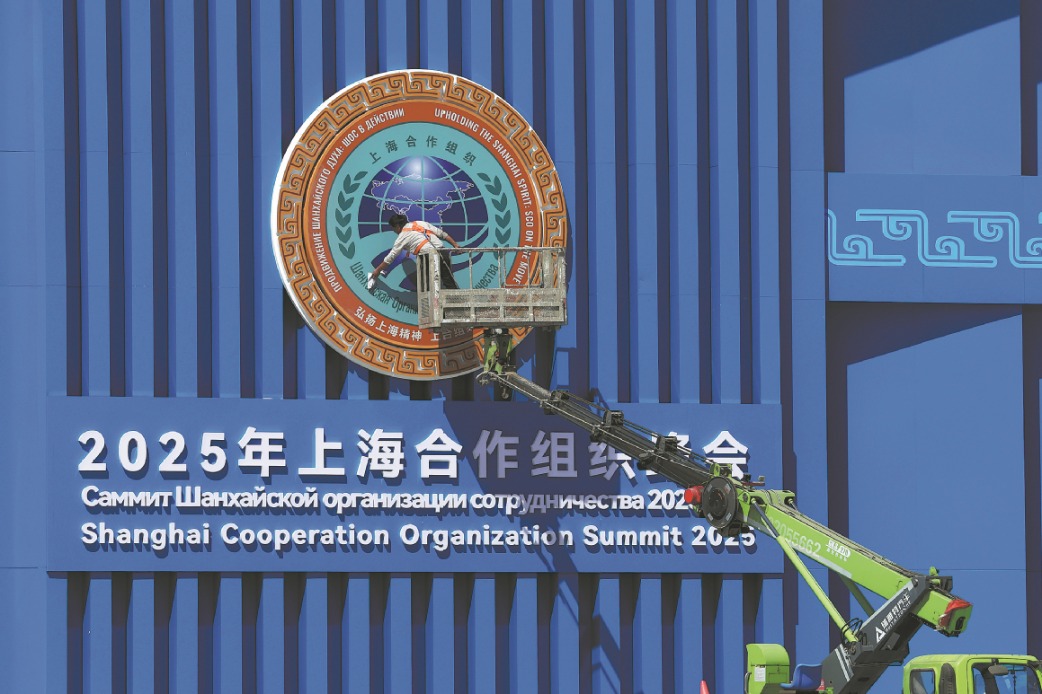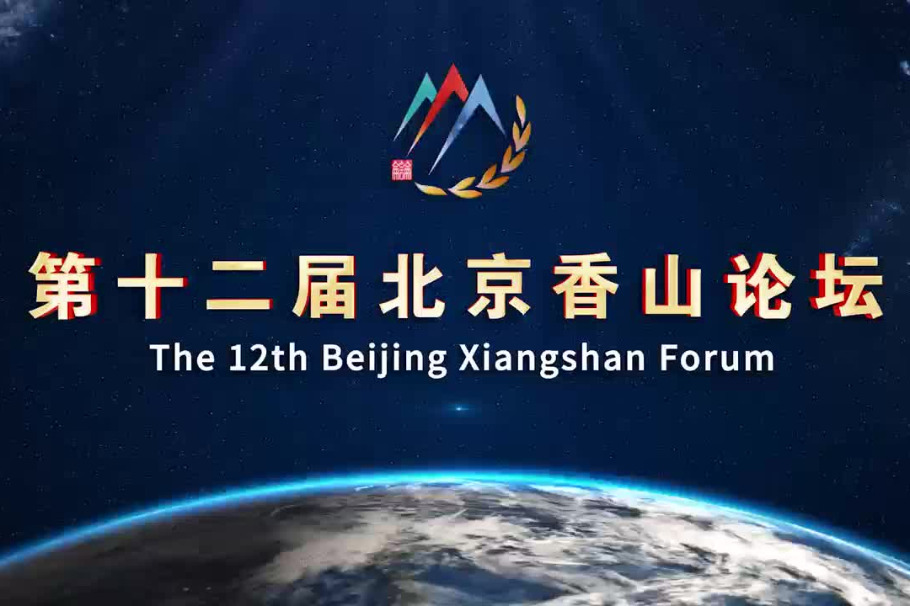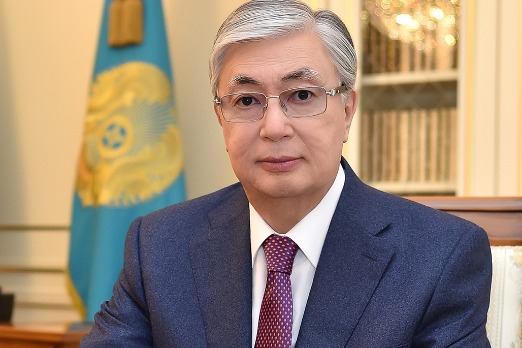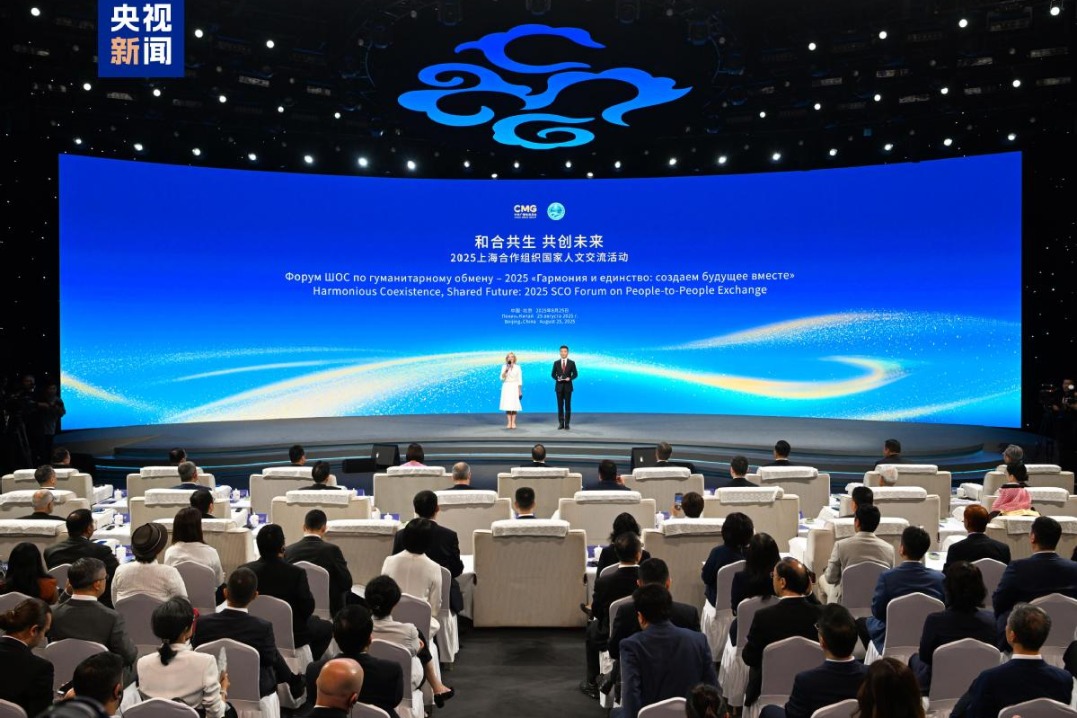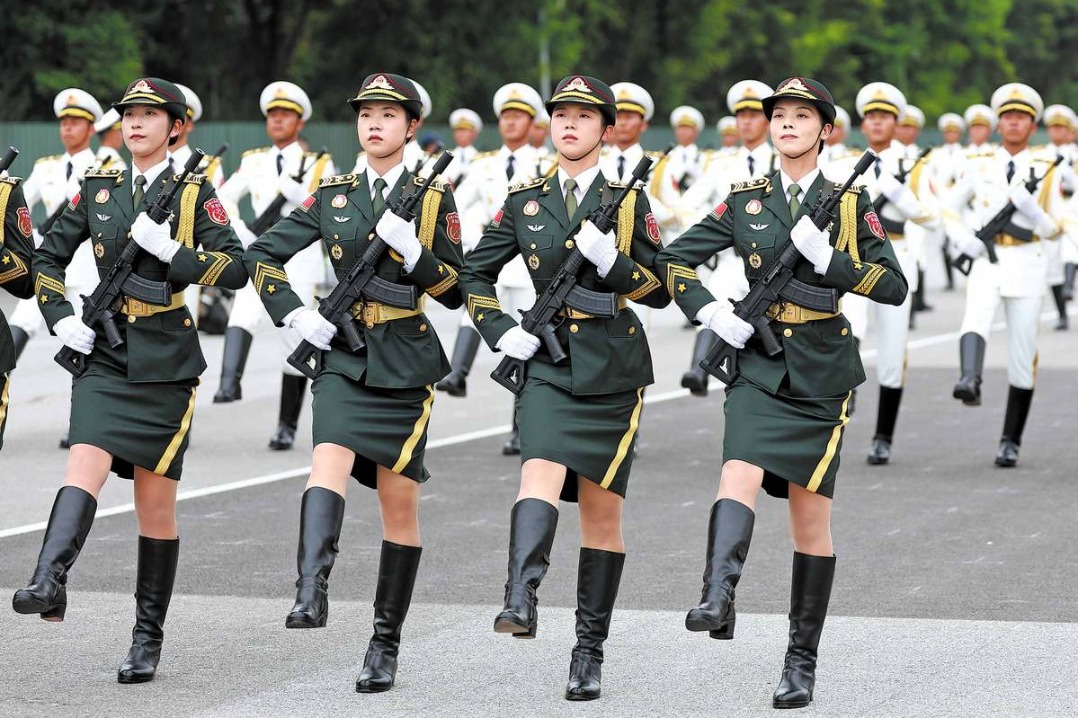When safe assets turn risky
Asian countries need to strengthen regional financial cooperation in the face of US debt risks


Editor's note: The world has undergone many changes and shocks in recent years. Enhanced dialogue between scholars from China and overseas is needed to build mutual understanding on many problems the world faces. For this purpose, the China Watch Institute of China Daily and the National Institute for Global Strategy, Chinese Academy of Social Sciences, jointly present this special column: The Global Strategic Dialogue, in which experts from China and abroad will offer insightful views, analysis and fresh perspectives on long-term strategic issues of global importance.
In the second administration of United States President Donald Trump, the tariff war has escalated, and so have concerns about the US Treasury market.
On April 2, Trump announced "reciprocal tariffs" on a broad range of trading partners, triggering severe market volatility. US stocks plummeted immediately. Later, US Treasury yields have hiked. This intense volatility has raised concerns among market participants about the traditional safe assets role of US Treasury securities and sparked widespread discussions about the current international monetary system.
This didn't come out of nowhere. Before the announcement of the "reciprocal tariffs", concerns about US Treasury securities had already been on the rise. Ray Dalio, the founder of Bridgewater Associates, warned in March that if the US government did not take measures to reduce the public deficit, an economic crisis could erupt within three years. The Department of Government Efficiency faced difficulties in fiscal consolidation. The proposal in the Mar-a-Lago Accord has raised concerns about the potential risk of default on US Treasury securities.
The deeper driver is the US' appetite for spending, which is pushing public debt ever higher. Since the COVID-19 pandemic, Washington has always found reasons to spend more, but rarely the courage to spend less. From 2020 to 2025, the US economy has experienced severe cyclical fluctuations. However, no matter whether the economy was in a trough or a peak, fiscal policy has remained loose. In 2025, the US public debt has surpassed $36 trillion, compared with approximately $23 trillion at the end of 2019. The rising fiscal deficit and rapid accumulation of government debt have led to an increase in the supply of new US Treasuries.
Against this backdrop, traditional investors in US Treasury securities are no longer able to fully absorb the additional supply. This imbalance has led to significant changes in the investor structure of the US Treasury market. Among the newcomers, the proportion of investors who prefer short-term trading has risen markedly. By the end of 2024, the share of individual investors and mutual funds had reached 10 percent and 20 percent, respectively. Compared with 2017, the combined increase was nearly 20 percentage points, with the total share approaching one-third.
US Treasury securities, as safe assets, possess two attributes: safety and liquidity. When market risks rise, there tends to be a "flight to safety" as investors look to increase their holdings of safe assets, which typically leads to a rise in Treasury securities prices and a decline in yields. The Treasury market behavior during the subprime crisis in 2007-08 is a typical example. In the face of extreme shocks, investors may face liquidity constraints. In such cases, selling safe assets to obtain liquidity will cause prices to fall and yields to hike.
In the past, US Treasury securities were primarily characterized as safe investments. However, changes in the investor structure, especially the significant increase in the proportion of short-term investors, have altered this feature. As a result, during risky events, pursuing liquidity has dominated. This was the case after the outbreak of the COVID-19 pandemic in March 2020, the Silicon Valley Bank crisis in March 2023, and Trump's announcement of "reciprocal tariffs" in April 2025. Each episode left the Treasury market gasping: yields surged and liquidity tightened.
What lies ahead? The outlook is not optimistic. On July 4, Trump signed the One Big Beautiful Bill Act. This legislation, characterized by significant fiscal expansion, is projected to have a total $3.4 trillion net effect on the US deficit for the 2025-34 fiscal years, according to the Congressional Budget Office. This means that US fiscal policy will remain expansionary for the foreseeable future. The continued loose fiscal policy will further increase the pressure on the Treasury market, which might lead to deterioration of market liquidity and increased volatility in the market.
The changing status of US Treasury securities threatens more than the financial market itself. It undercuts global confidence and casts a shadow over the stability of the entire international monetary system. The US needs to rebuild investor trust in US Treasury securities through political governance, fiscal discipline and global coordination. However, this task is highly challenging.
From an international perspective, economies and major international financial organizations are closely monitoring the changes in the US Treasury market. The European Central Bank, in its newest report on the international role of the euro, pointed out that the "reciprocal tariffs" have impacted the US Treasury market, prompting investors to seek alternatives, which in turn has created new opportunities for the internationalization of the euro. The International Monetary Fund, in its latest Global Financial Stability Report, noted that the current US fiscal expansion policy has pushed up US Treasury yields, and short-term leveraged transactions are likely to cause liquidity shocks, exacerbating global financial market uncertainty. Countries should strengthen macroeconomic policy coordination and reduce global economic uncertainty through multilateral cooperation.
As the largest official holder of US Treasury securities, the Asian region is particularly sensitive to the risks. The urgency for Asian countries to use local currencies within the region has therefore risen. This will help reduce exchange rates and valuation risks, enhancing regional financial stability.
Asian countries need to strengthen regional financial cooperation. The ASEAN 10+3 cooperation mechanism can be further deepened to improve the regional financial safety net — the Chiang Mai Initiative Multilateralization — and enhance the resilience and stability of the regional economy. Multilateral financial institutions such as the Asian Infrastructure Investment Bank can play an important role by providing local currency loans and investments to promote infrastructure construction and economic development within the region.
China, being both a significant holder of US Treasury securities and a potential provider of safe assets denominated in the renminbi, should closely monitor the sustainability of US Treasury securities. It should refine the composition of foreign-exchange reserves to enhance overseas financial assets security. It should also focus on expanding domestic demand, optimizing its trade structure and maintaining a broadly balanced balance of payments.
Liao Fan is a senior fellow and director of the Institute of World Economics and Politics (IWEP) at the Chinese Academy of Social Sciences (CASS). Yang Panpan is a senior fellow and head of department of international finance at the IWEP at the CASS. The authors contributed this article to China Watch, a think tank powered by China Daily.
Contact the editor at editor@chinawatch.cn.

















